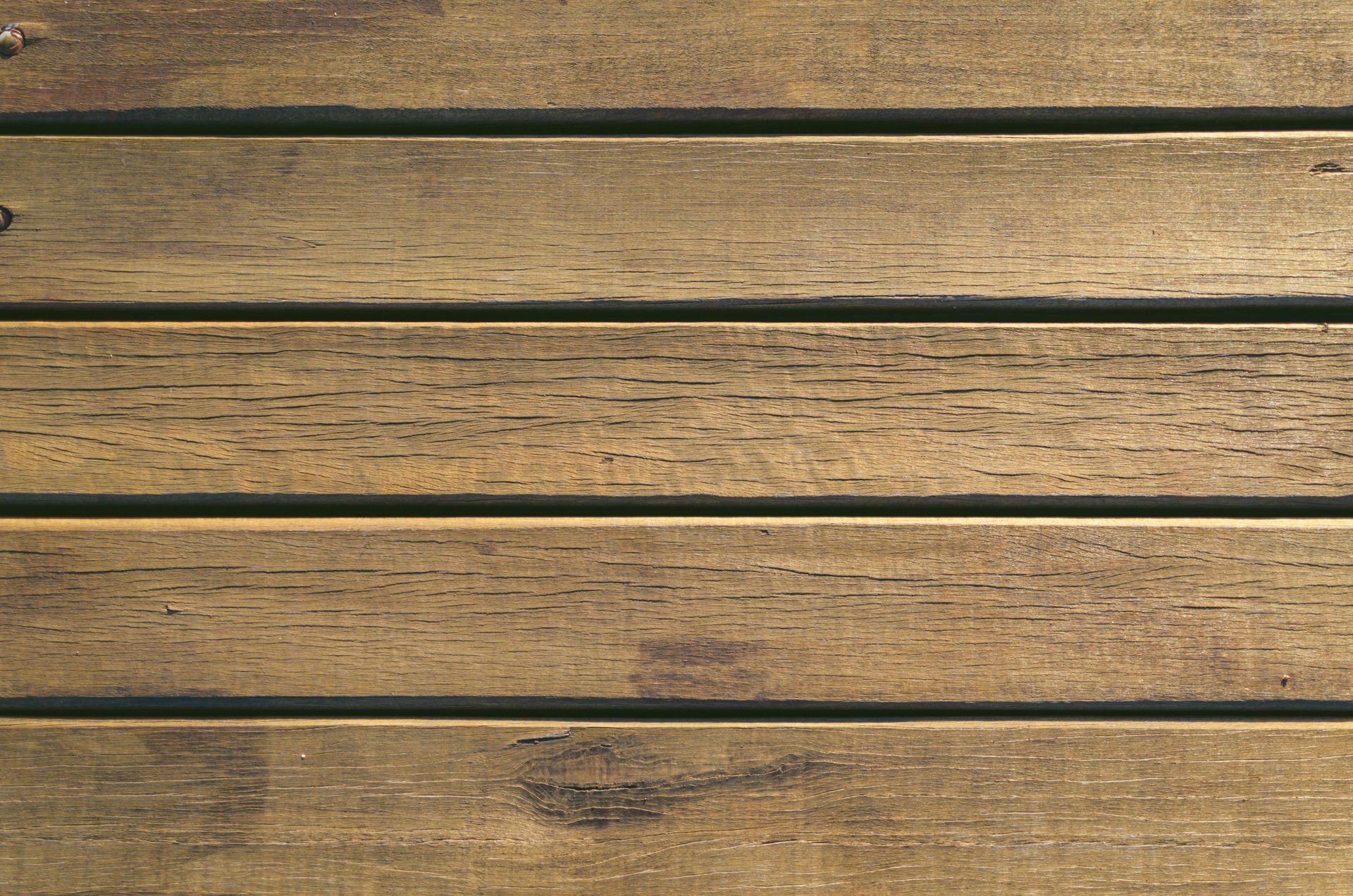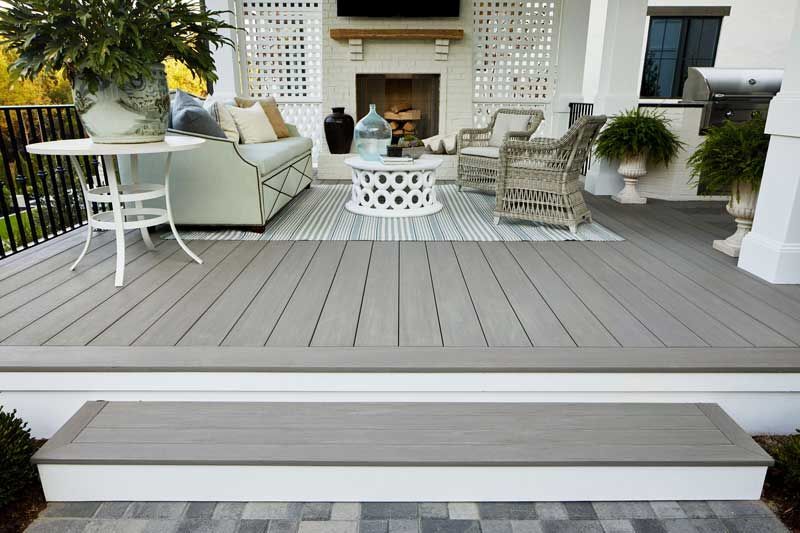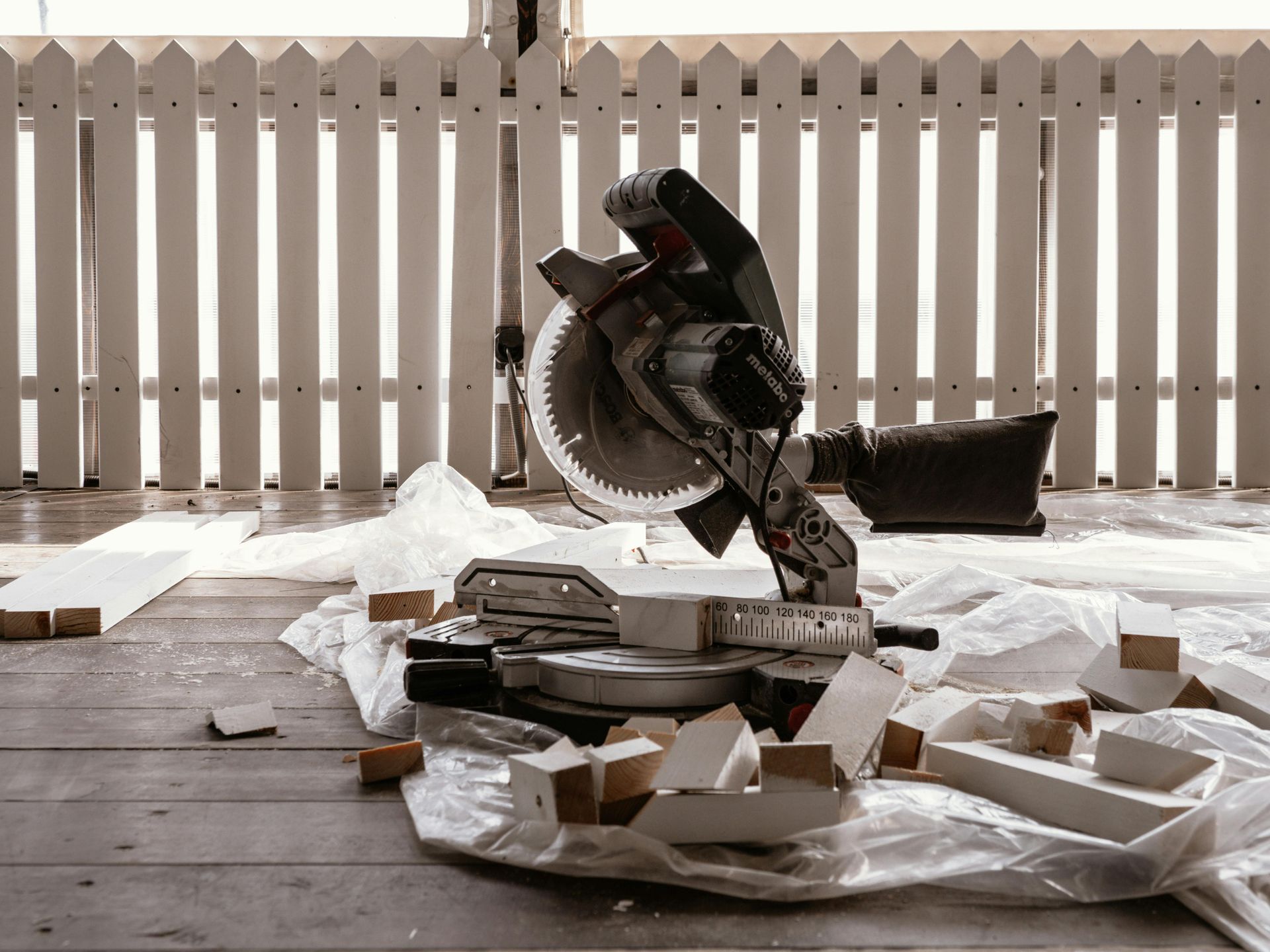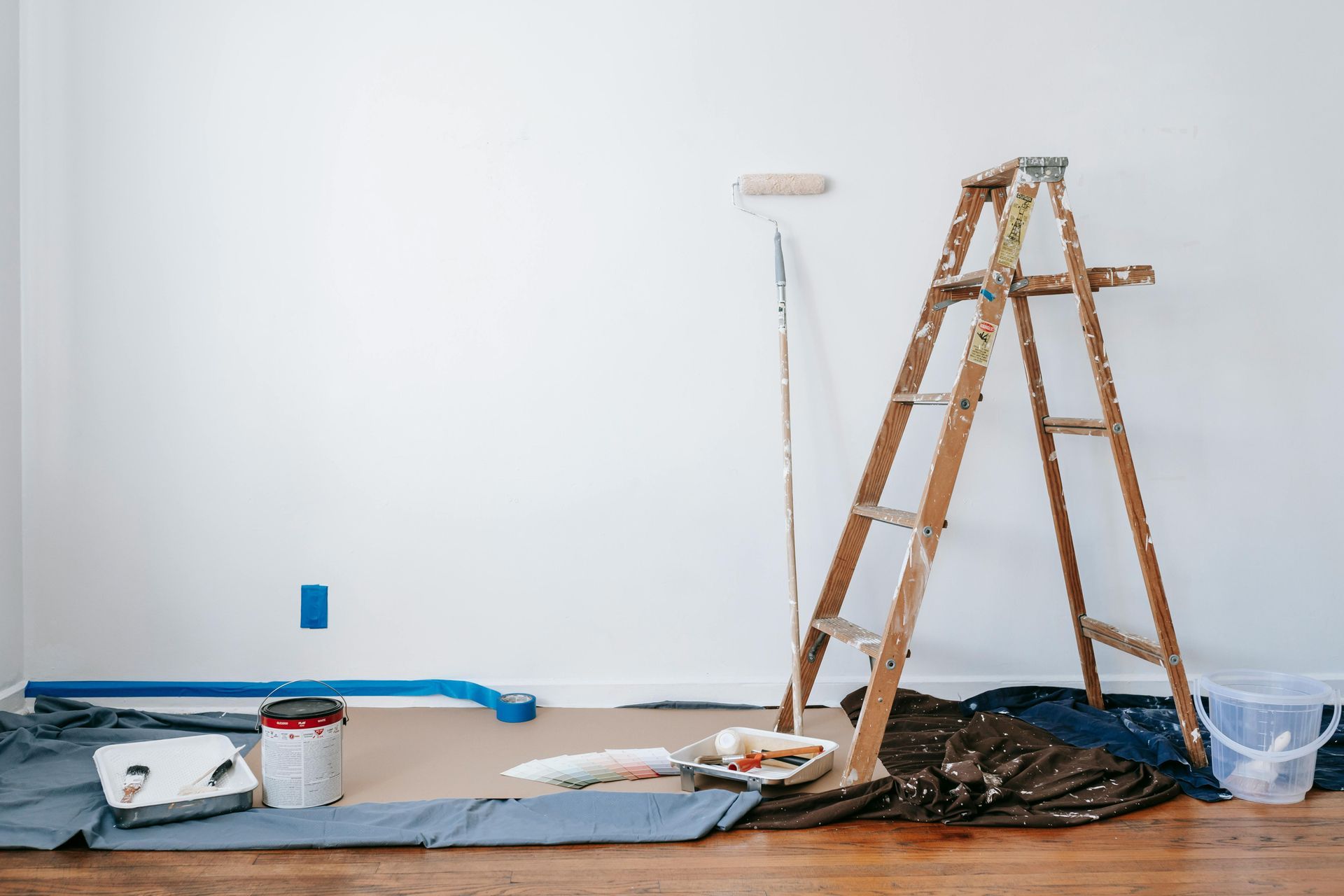Home Improvement Projects That Add Value to Your Property
A house that suits your style and provides comfort is the greatest luxury everyone should have. However, buying a home in Longmont or Boulder might not be an easy task.
Let's say that you can improve the interior of your home in a way that increases its resale price. You should not assume that all remodeling and upgrades will add value to your property. Before you begin looking at the Boulder home improvement stores, make sure you evaluate which projects are likely to yield the highest Return on Investment.
These simple remodeling projects will improve the aesthetics of your home and can help you make more money in the future if you sell it.
Things to Do Before You Start Your Little Home Improvement Adventures
Home improvements are often difficult projects, especially if they are not planned and managed well. This is often the case for homeowners who have just started the project.
These top tips will help you get the best results and streamline your home improvement project. Let's begin with the five most important tasks before you start planning your home improvement.
Make a budget:
Your home renovation plan should include budget. It is important to know how much you can spend on your home renovations. You may decide to hire contractors, or you prefer to do it yourself. To be able to communicate openly with suppliers and contractors, you will need to know what is possible within your budget.
Choose your style
Decide if you want to fix the particular issues or change the style of the interior decor. You will need to have specific ideas and inspirations when changing your interior. You can take a look at Pinterest for ideas or see the Longmont kitchen of your neighbor who was renovated last month.
Take into account the time limit
Renovations and improvements take a lot of time. Set an additional limit if you have delegated work to complete these tasks. This will help avoid any delays or mishaps. The time of year is another thing to take into consideration. Heavy snowfall and heavy rainfall can make it difficult to get to the site, creating unnecessary complications.
Take into account the space available:
Are you able to make the desired changes in your kitchen, bathroom, or other rooms? Analyze the space before you buy wood planks or other supplies from the Boulder lumber yard. Spend some time in the area and talk to friends and family about your ideas.
For a deeper understanding of the space, a specialist can be consulted.
Interview several contractors:
The right contractor can make or break your vision. Look at past projects to see what they have done. You should verify if they are licensed and have the correct type of insurance.
Projects to Increase Home Value
Some home renovations and improvements can significantly increase the house's value. They can also negatively impact the house's value. These projects can add value and provide comfort.
1. Remodel your Kitchen:
A Remodeling Industry report estimates that homeowners will be able to recover 59% of the cost of a kitchen renovation when they sell their homes. Even minor fixtures can have great results. You can color- or refinish your cabinets and make changes to the hardware and doors.
To save money on your utility bills, you can repair leaking faucets or replace lightning with energy-efficient options.
2. Remodel the bathroom:
To ruin an apartment's appeal, leaky bathrooms are a top priority. Do not over-board on renovations. You must stick to your budget. You can do the following depending on your budget:
- Toilets, showers and changing tubs.
- Change the flooring or paint the walls.
- Change lighting
- Add a mirror or vanity to your home
To determine which renovations are best for you, check out Boulder's plumbing supply.
A master bathroom is a must if there is only one bathroom. This is because multiple bathrooms are more desirable in real estate. A closet or unutilized space can be transformed into a bathroom.
3. You can recreate your basement and attic:
Potential buyers will run away from dirty, dark attics. Add-ons can increase the cost of the space so make sure to use the available space. Your basement or attic can be converted into a gym or family room to watch your favorite movies on the weekends.
This will require that you only add the right furniture, lighting, as well as some DIY wall designs from the internet. Buyers will be more satisfied with a well-designed space.
4. Add a deck:
A wooden deck can be a great way to make guests feel welcome and makes your house more appealing. This deck can provide a great return on investment, and it is less expensive per square foot to build. To achieve the look you desire, Boulder offers a variety of lumber. According to the Cost vs. Val report in Seattle, decks worth $13,084 are worth 106%. When the property is resold, decks can recover 122% of its value.
5. Get Energy Efficient
Drafty doors and poor insulation can cause buyers to be concerned about future expenses, which could negatively impact your home's value. Start by adding insulation to your attic. Seal the cracks around windows and doors. You may need to replace the doors and windows if the condition is very severe.
These energy-efficient projects may qualify for federal or state tax credits for green energy. Old broken windows may be worth less than replacing them.






